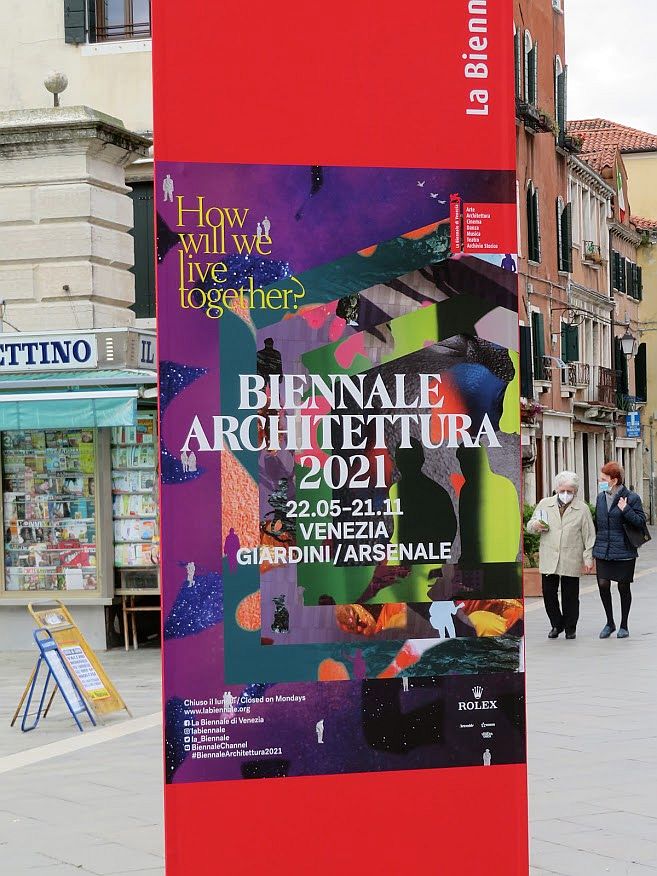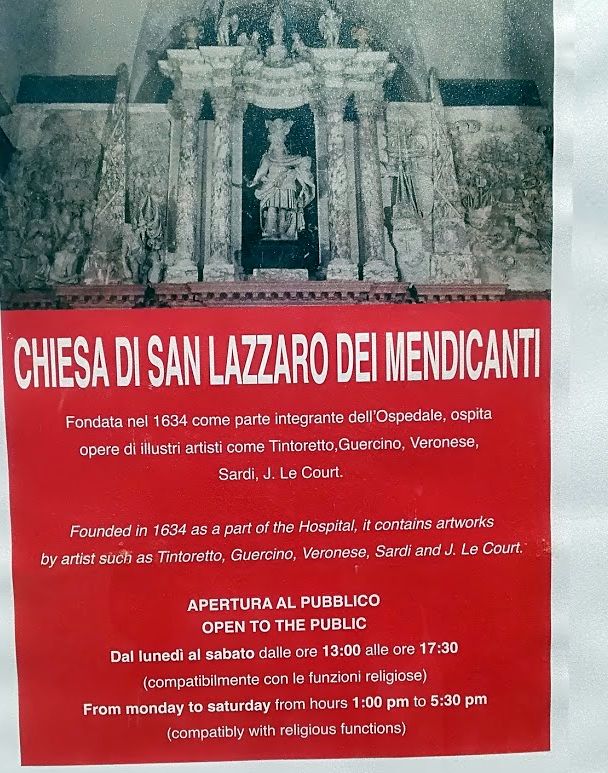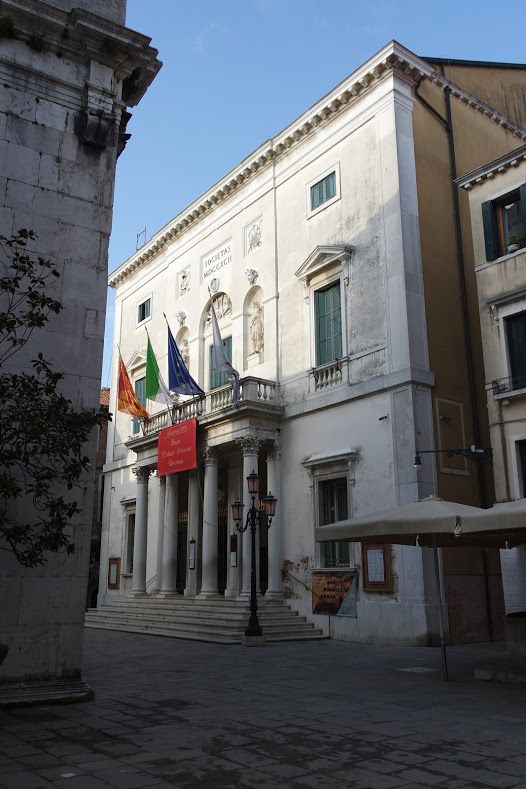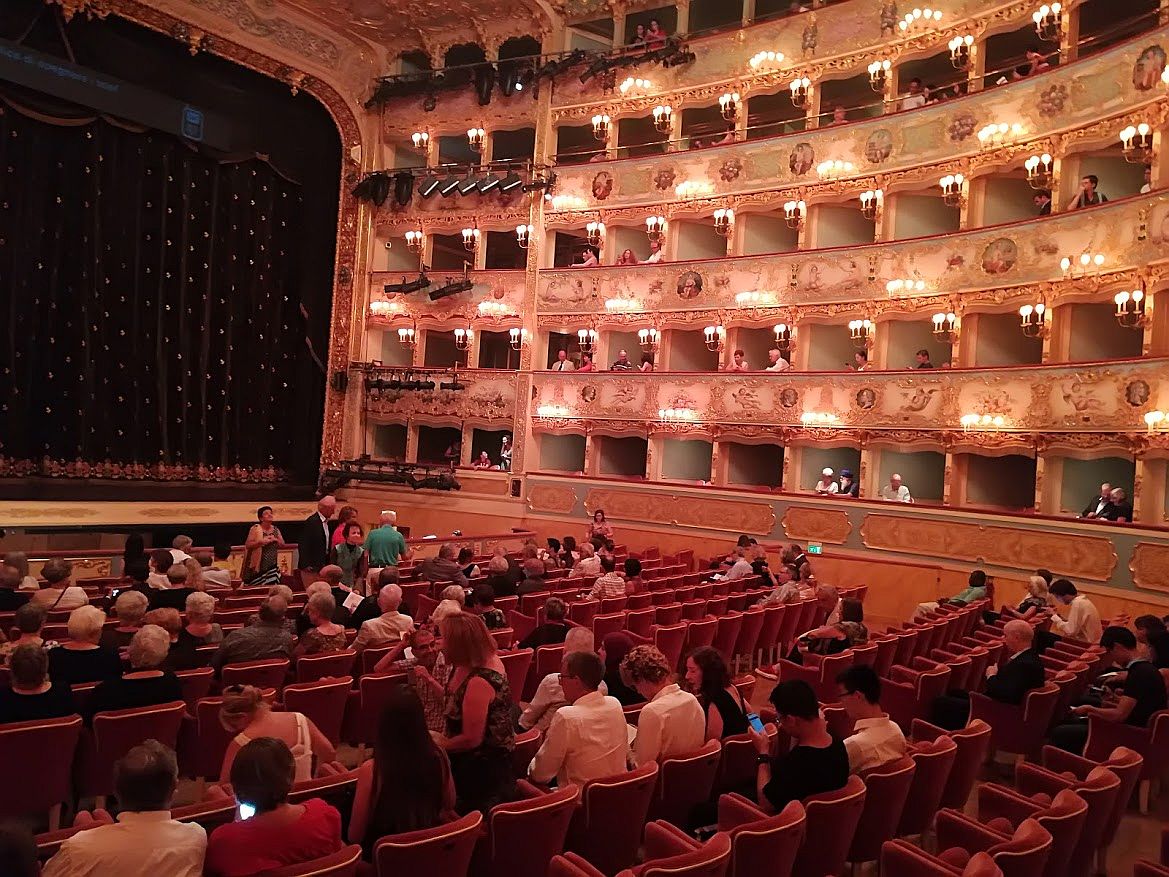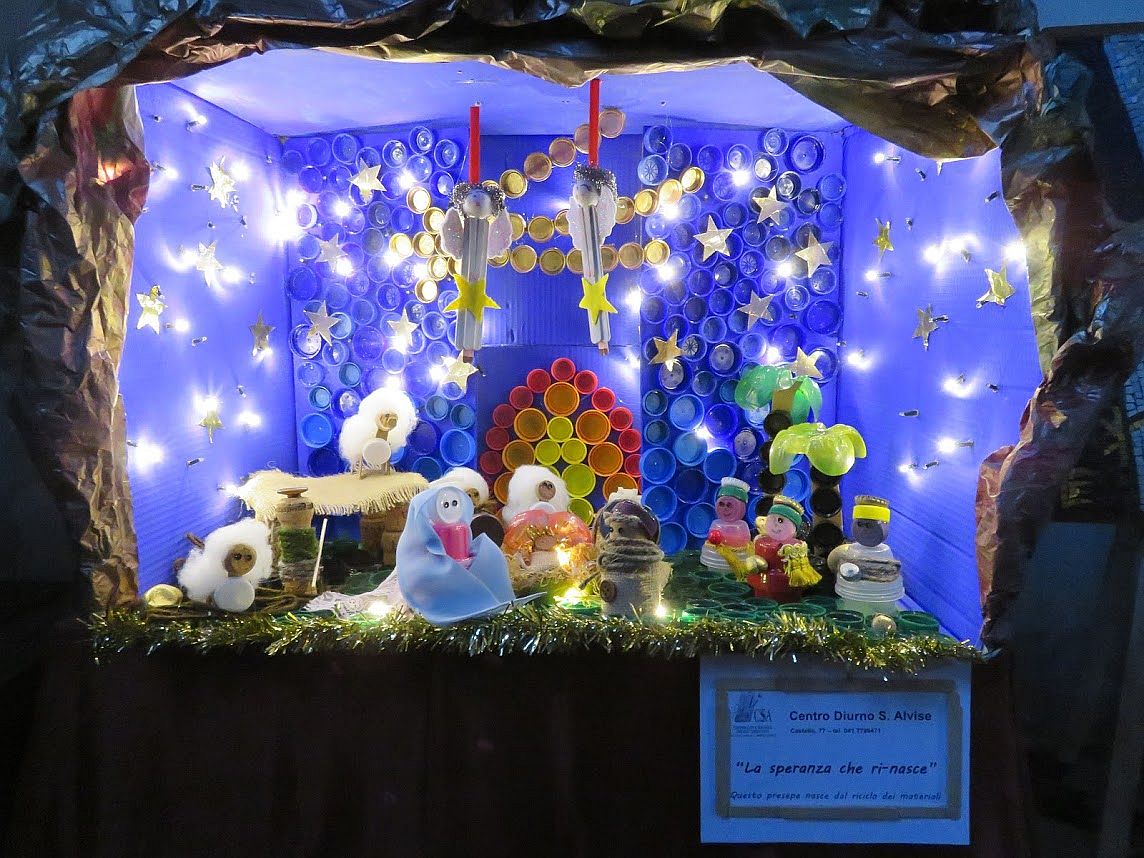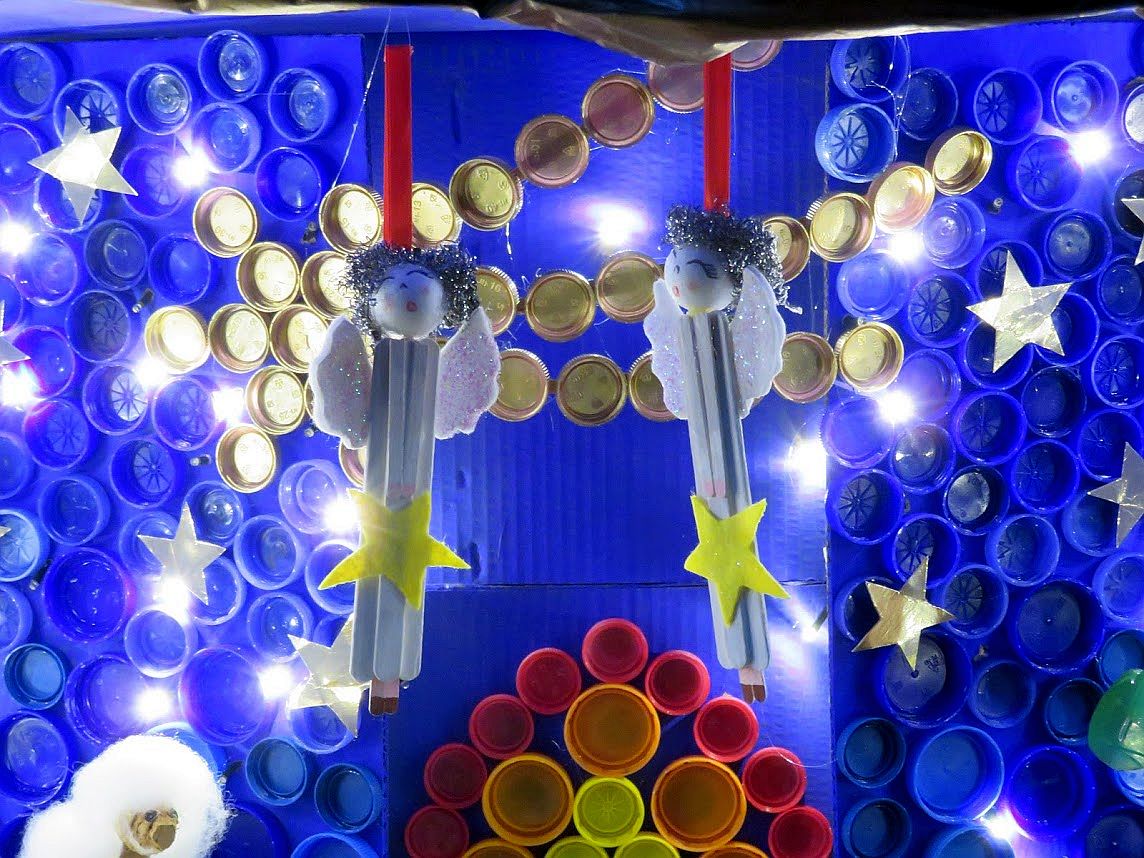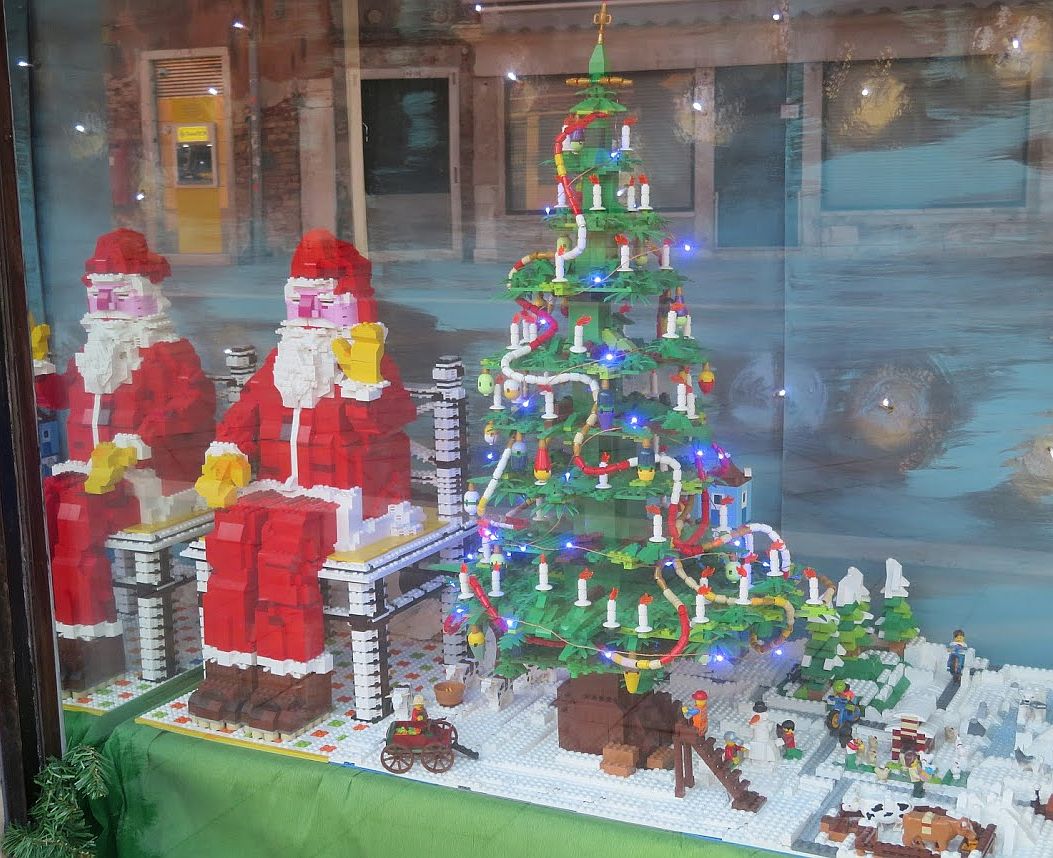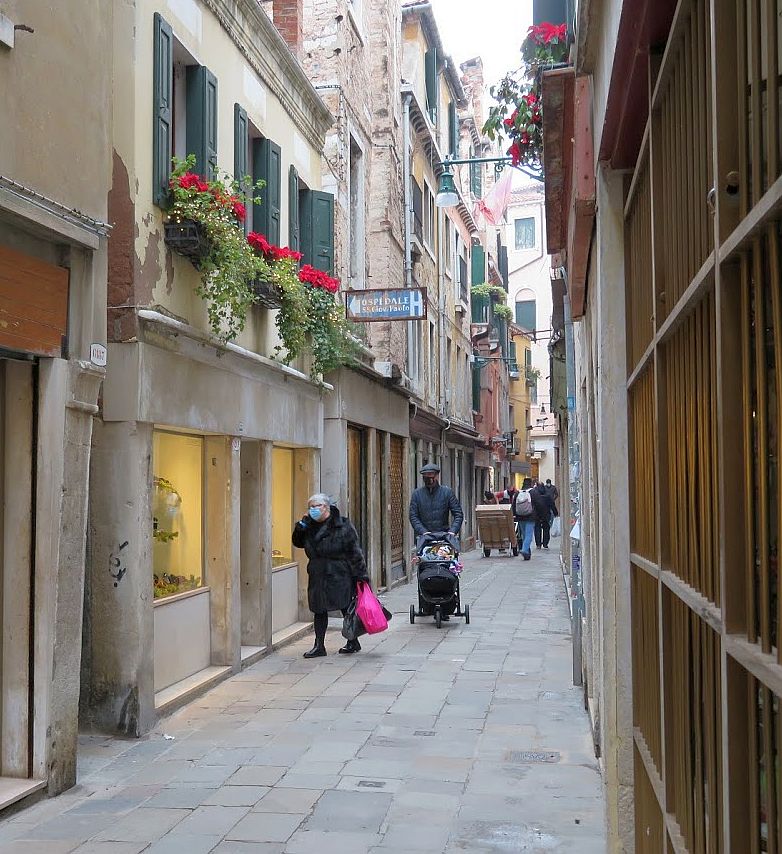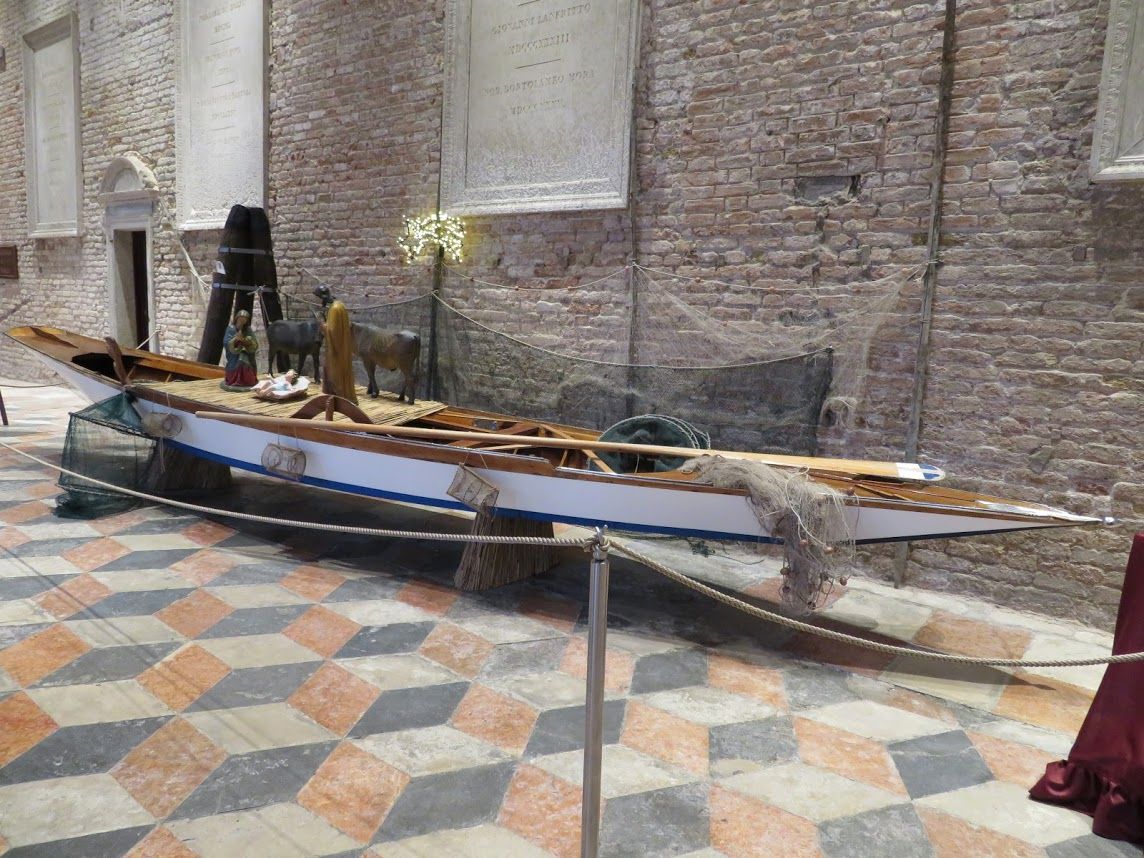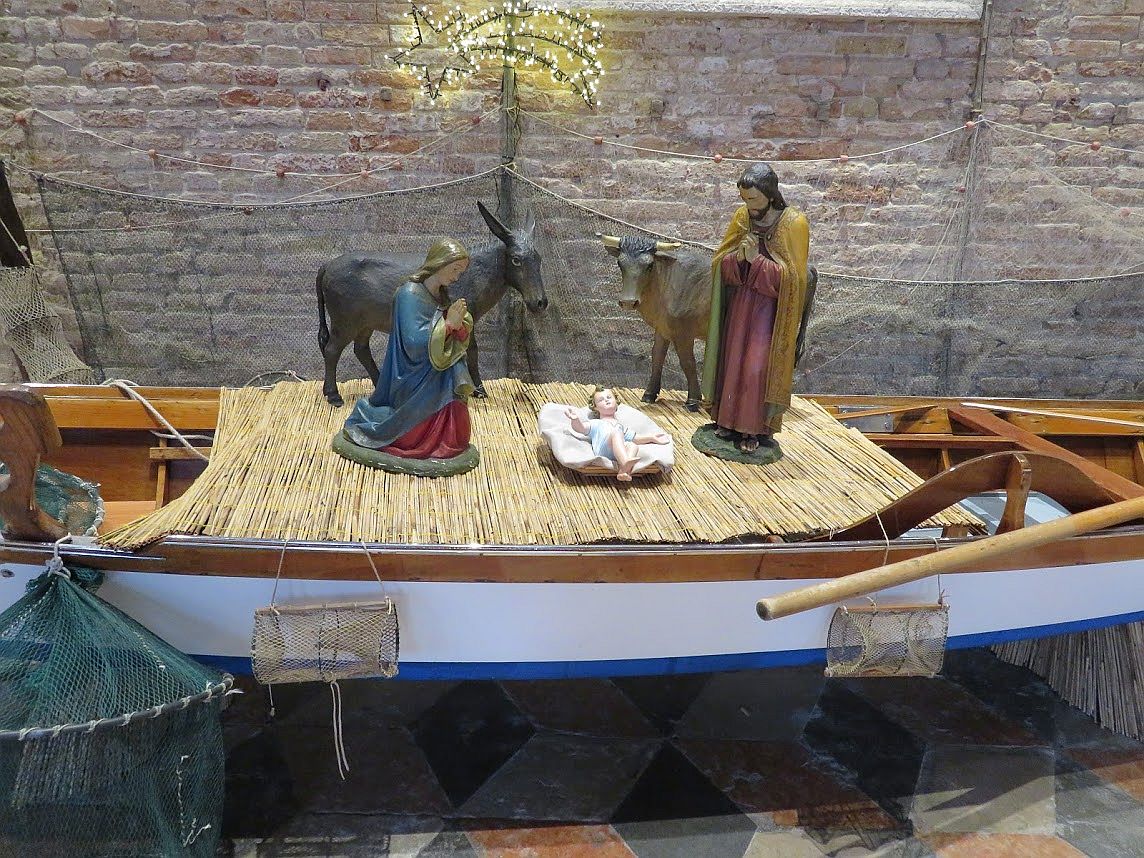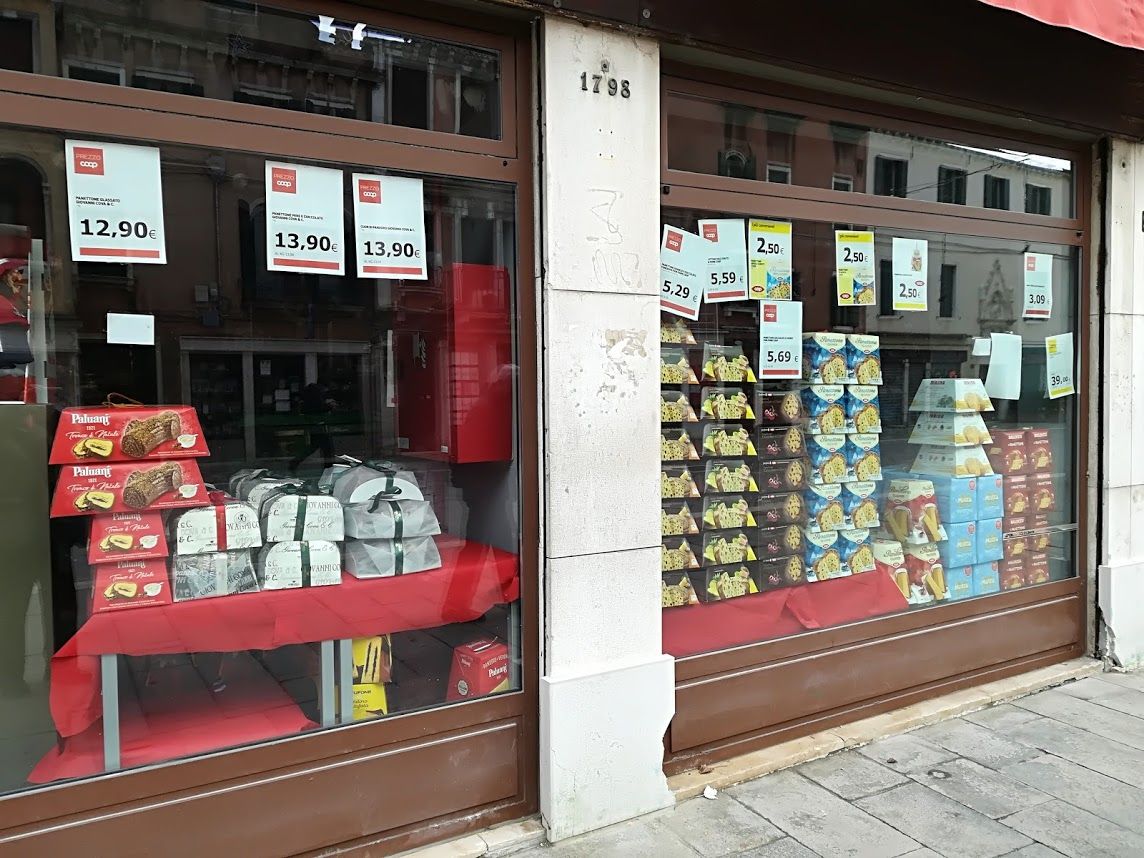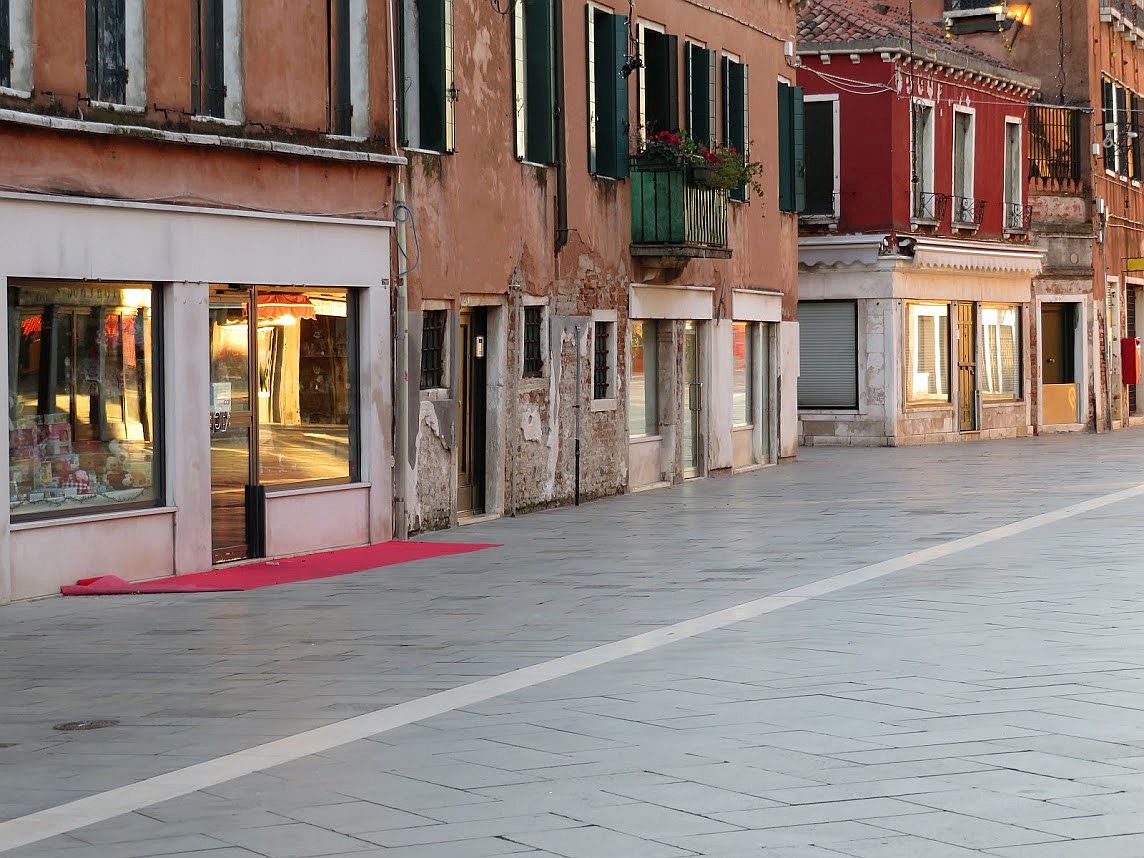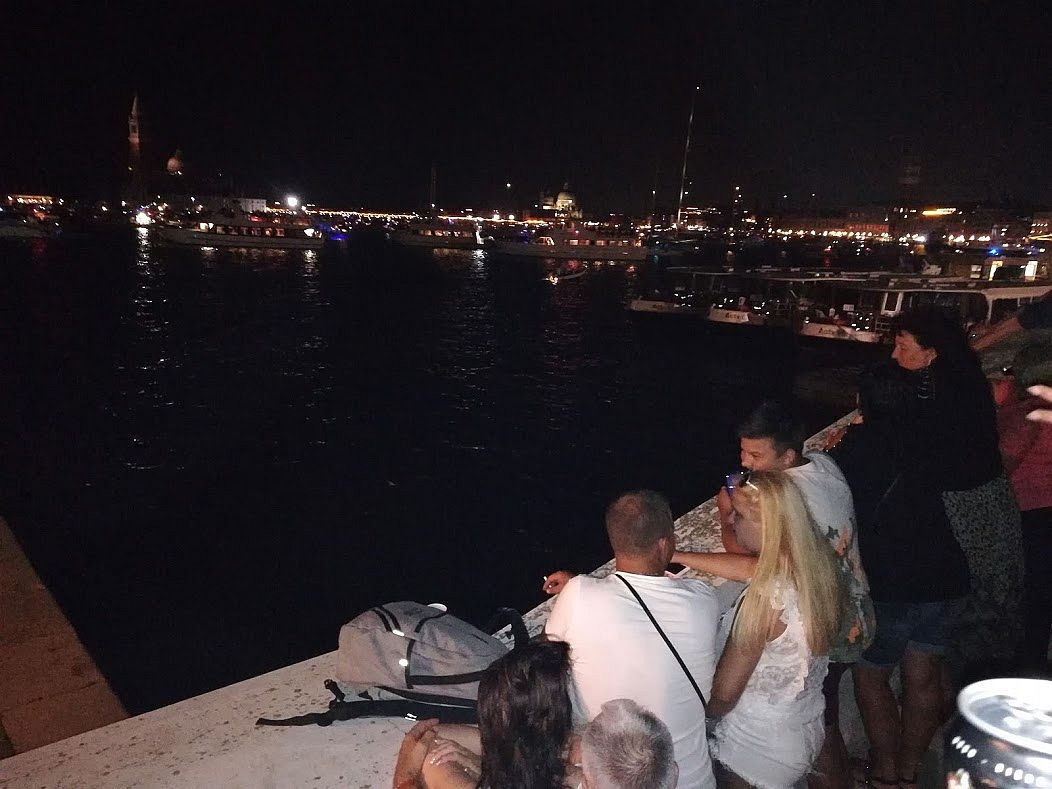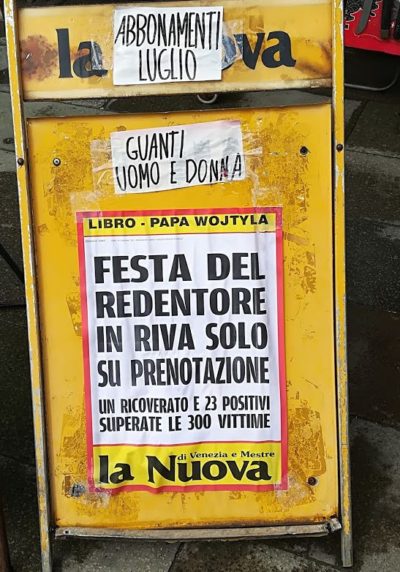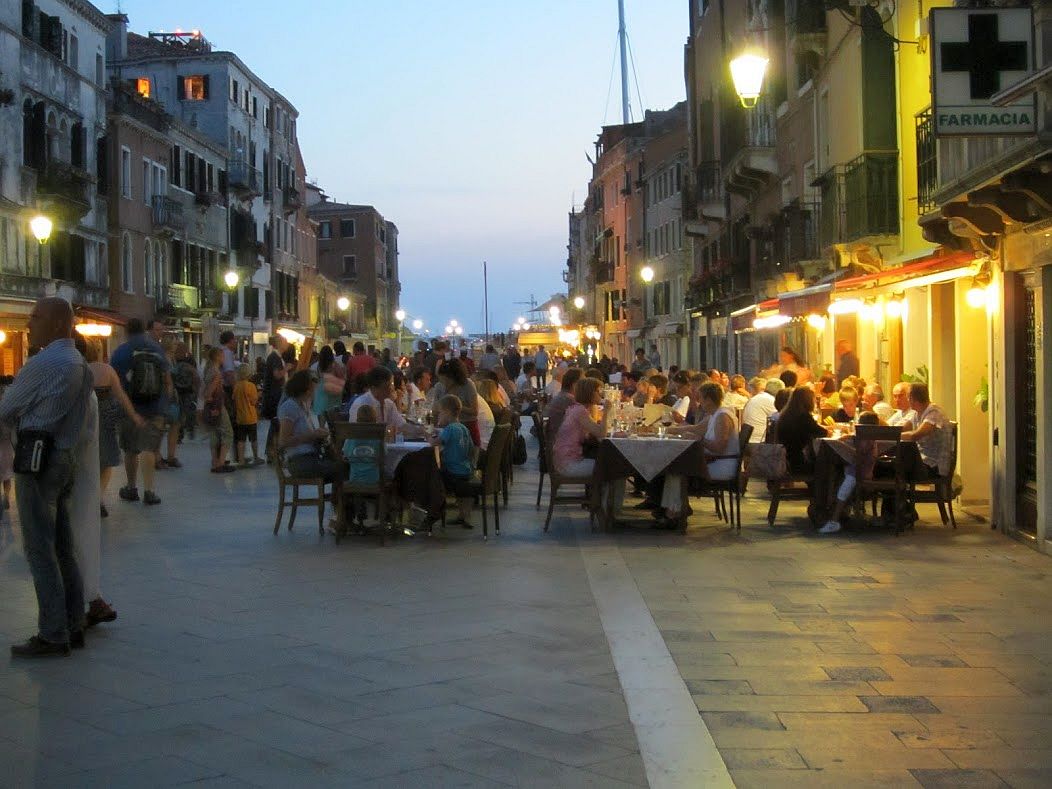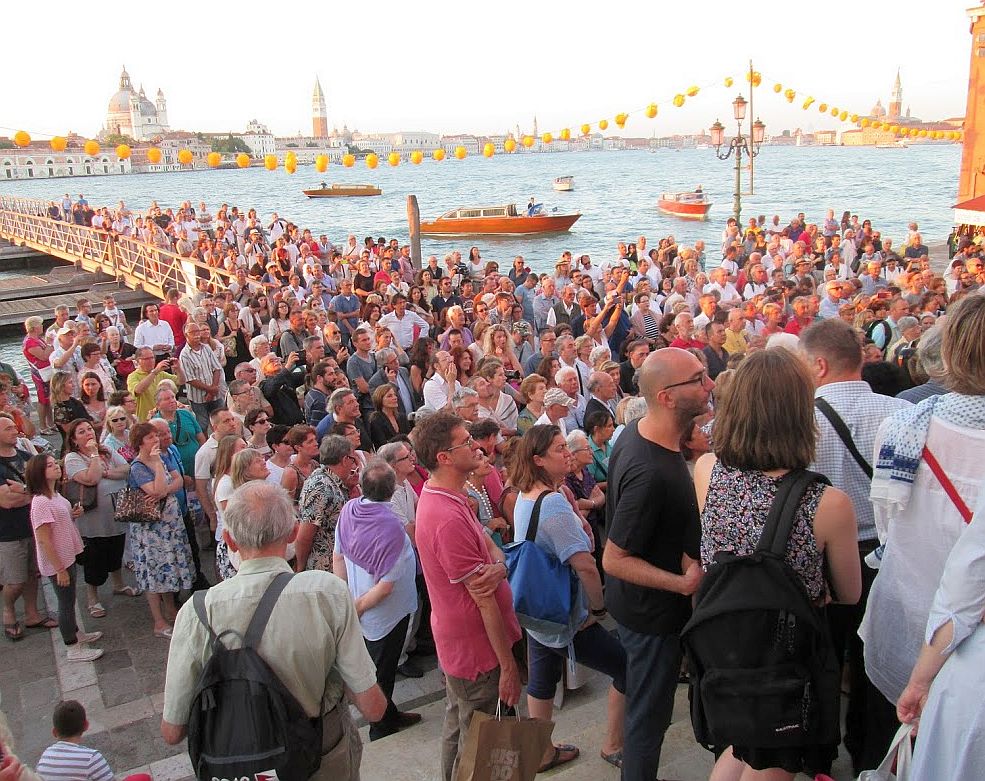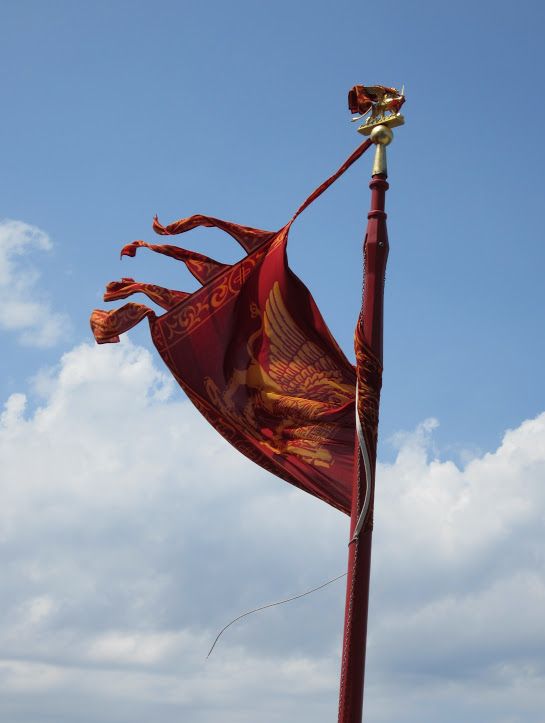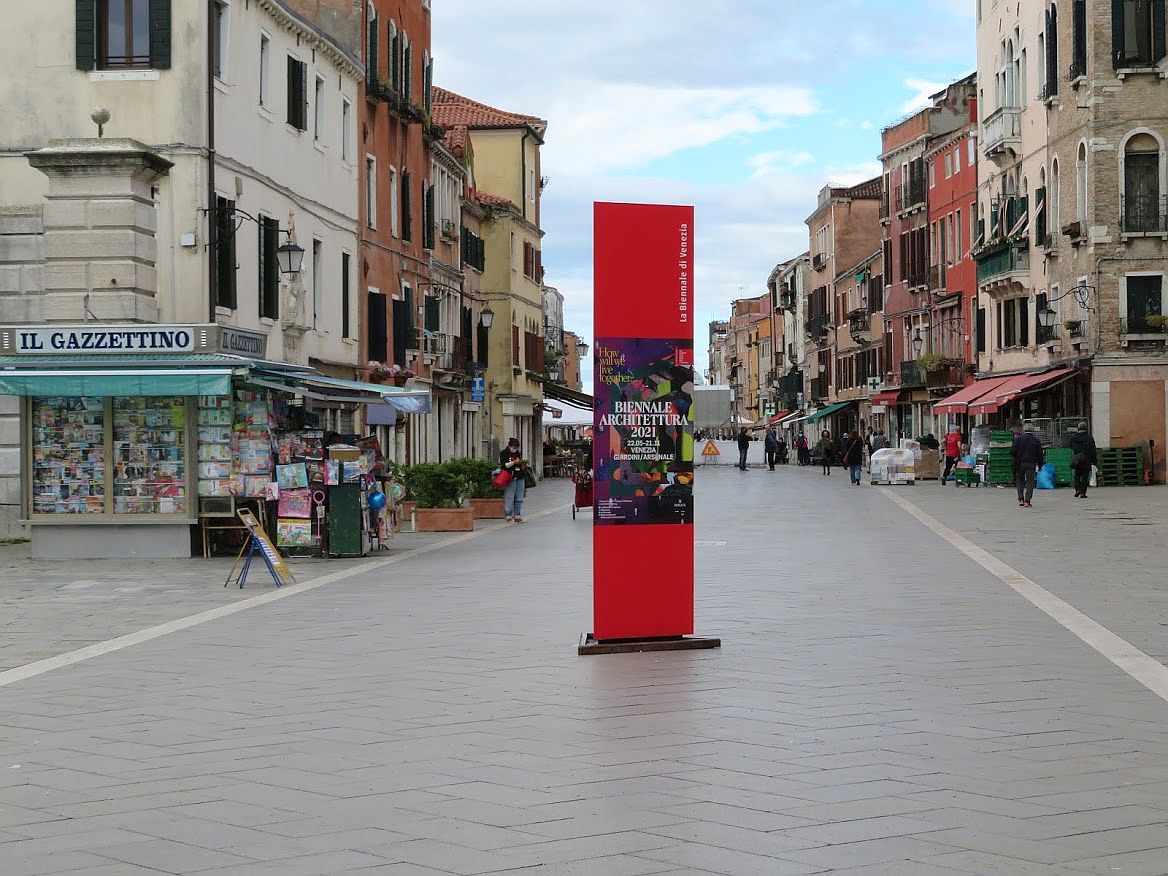
If there’s one term (among many) that has become fashionable around here this year it’s ripresa — recovery. (Not to be confused with “Recovery Plan,” which is exactly what Italians call the mega-component financial scheme that will somehow reassemble our dismembered economy. Does saying it in English give it some occult power? Wish I knew somebody I could ask.) I would have suggested “comeback,” like for some devastated boxer staggering back into the ring, but whatever you want to call it, everybody’s trying to get back to normal.
Over the past two weeks or so, there have been tiny but unmistakeable signs of life such as gradual lessening of curfew, gradual increase of shops and restaurants opening, etc. We still have to wear masks, though not everybody does, but the only thing missing from a cartoon version of life here right now is birds swooping around with little hearts floating upward.
So I’ve been enjoying the tiny signs — more every day — that belong to life as we used to know it. And many of them are connected to the imminent reopening of the Biennale on May 22 (canceled last year, along with its millions of euros from the municipal budget).
Being that our neighborhood is the epicenter of Biennale activity, of course I’d be seeing things such as enormous crates on barges with cranes being unloaded in the exhibition zone, unknown people wearing unusual clothes just standing on bridges looking around, a person here or there with lots of video or camera equipment, or the ticket booth for the vaporettos about to start selling tickets again, ever more individuals dressed in black with a lanyard and plastic-sleeved document around his/her neck. Press, I presume. More water taxis. Gondolas with people in them. I saw a woman today walking around with a big paper map of the city. Boy, that takes me back.
Let’s also notice the soundtrack: The scrapey clatter of rolling suitcases outside the window, the constant low rumble of motors everywhere. All you need is a barge with three cement mixers aboard trying to get somewhere against the tide and you’ll hear what I mean, but the noise from even smaller motors gets to be big, when there are enough of them. This is one part of the Sound of Venice I did NOT miss during quarantine. But here we are.
So generally speaking non-Venetians are returning to their Venice, and we are sliding back into ours, invisible again. We are all side by side, but we are not in the same city. I’ve commented elsewhere on these parallel tracks of life here that never meet, and so that’s a part of normal that is ineluctable.
Not only is the day after tomorrow Opening Day for the Biennale; the following Saturday will be the opening of the week-long Salone Nautico, or Boat Show, in the Arsenal. So bring on the people. I guess we’re ready.
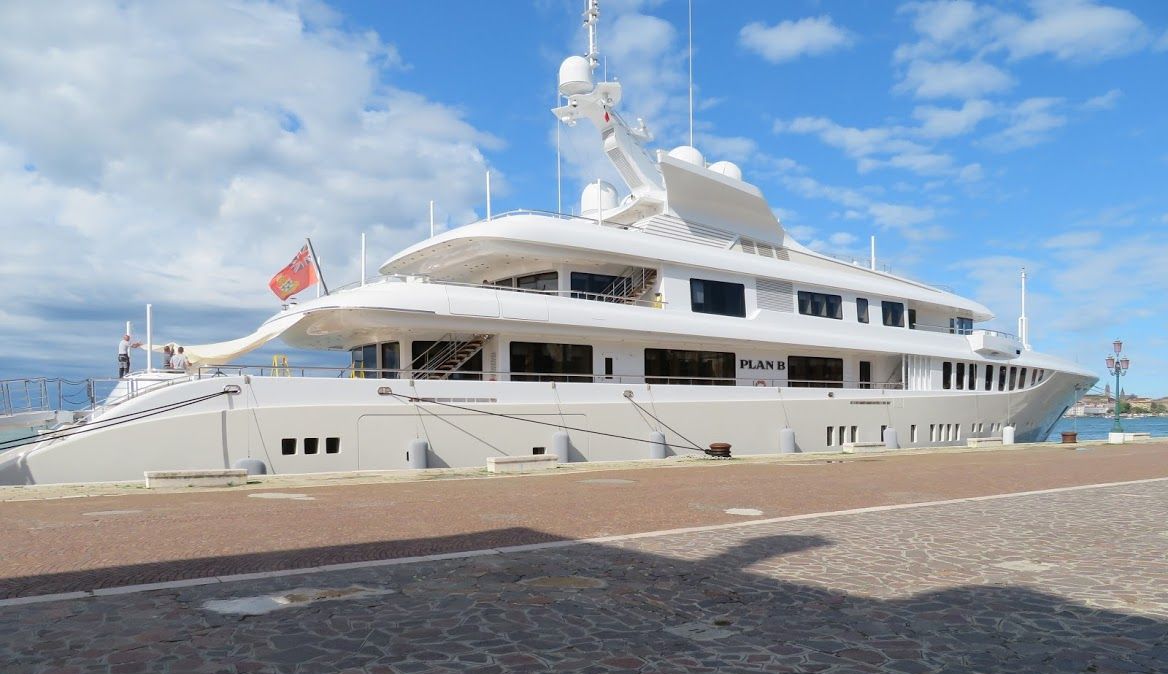
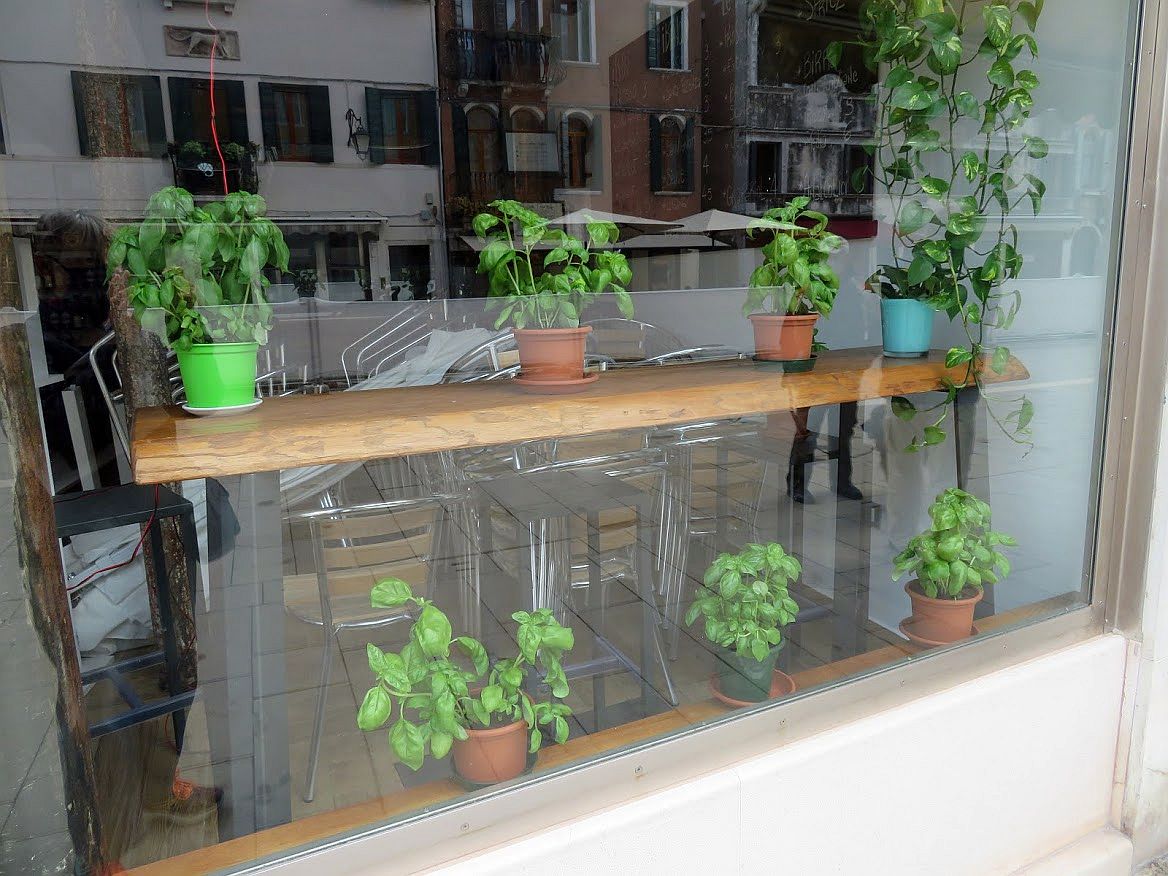
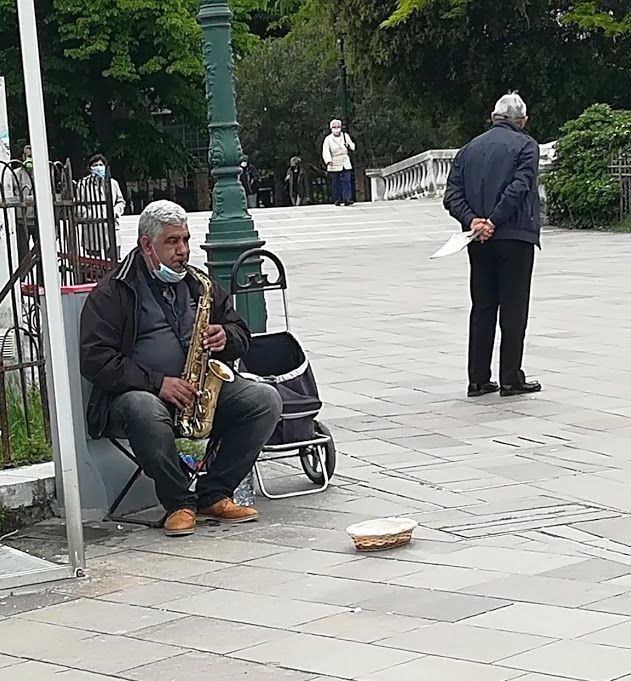

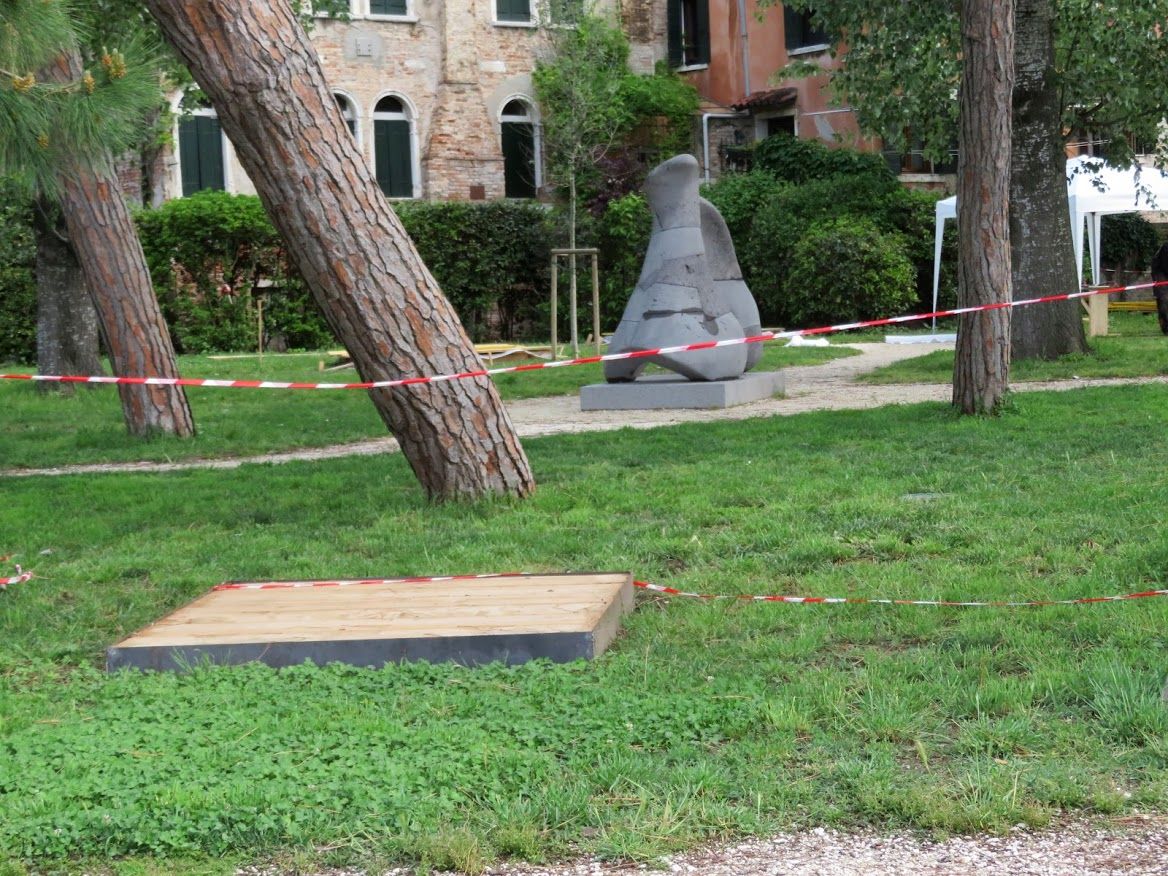
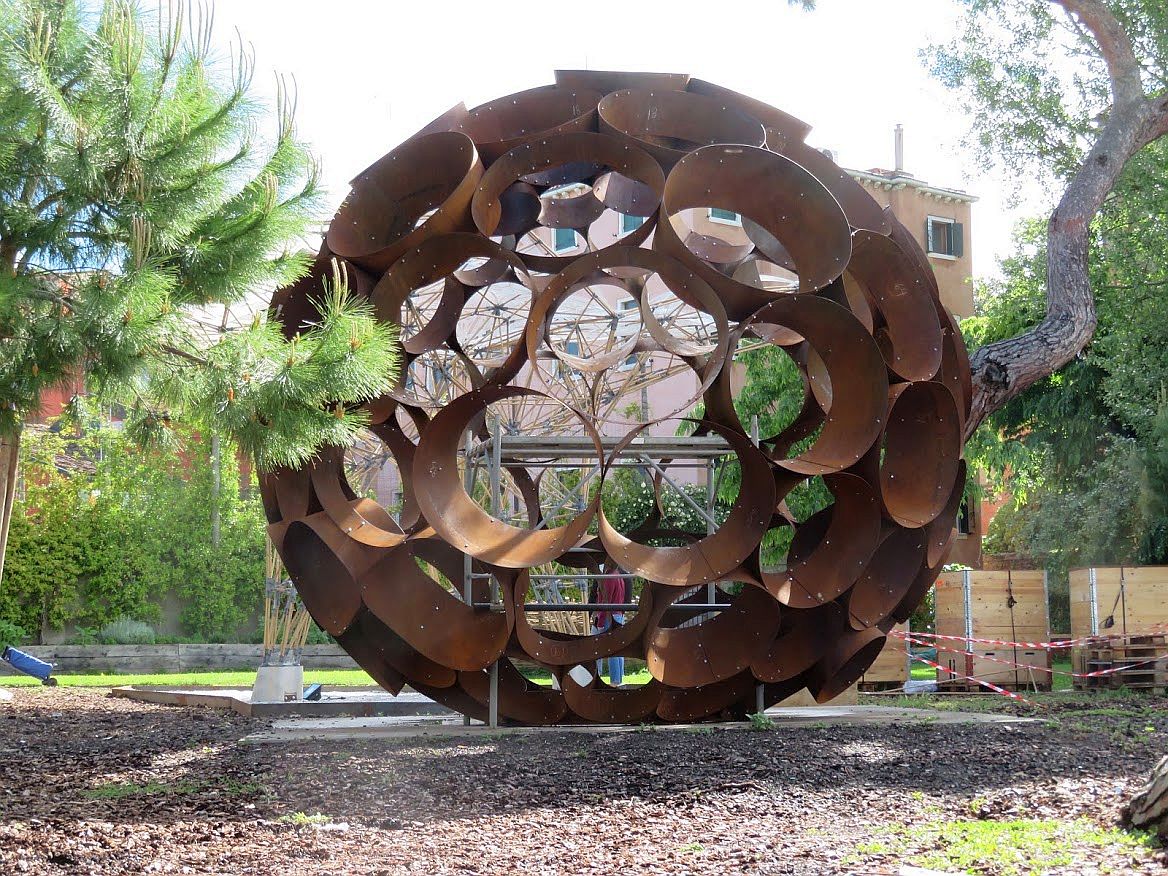
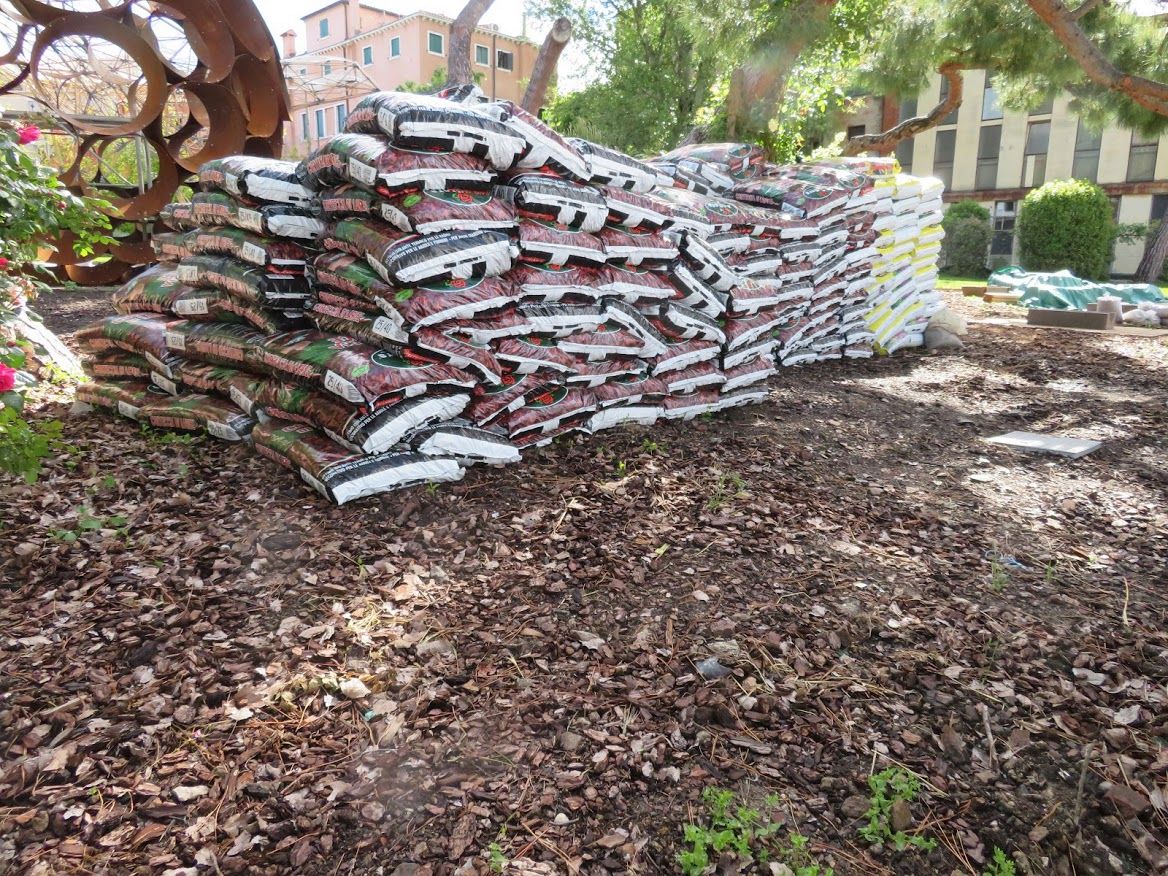
One entirely unexpected discovery, beyond the fields of the Biennale, was a collateral effect of the city’s revival: The opening of the church of San Lazzaro dei Mendicanti to the public. I have only ever seen this church open for funerals, not infrequently because it was built in 1634 as part of the city hospital. (Hospitals and funerals are unfortunate companions.) We came upon this on a random afternoon wander, and seized the chance to see the church without mourners and memorial wreaths.
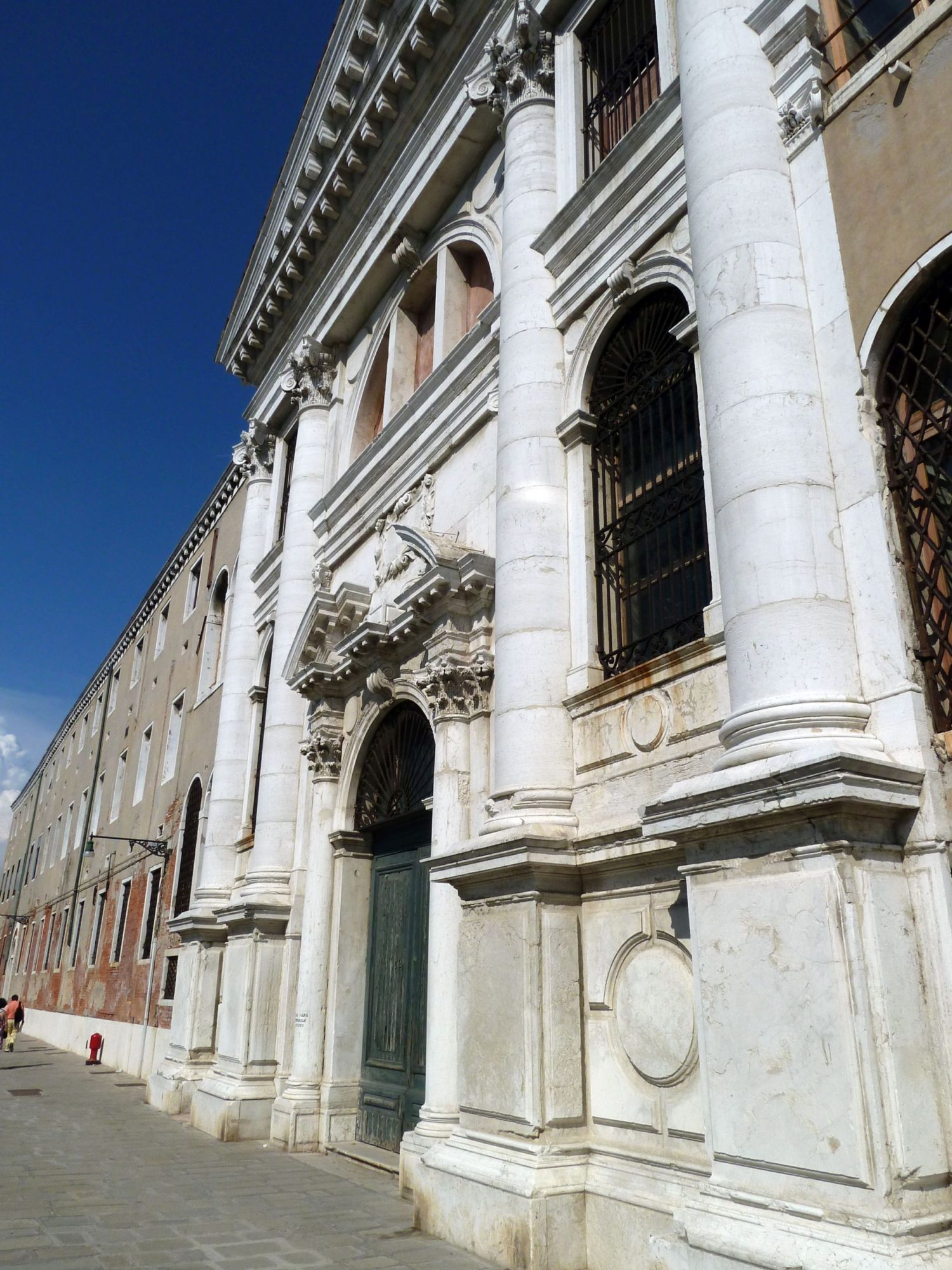
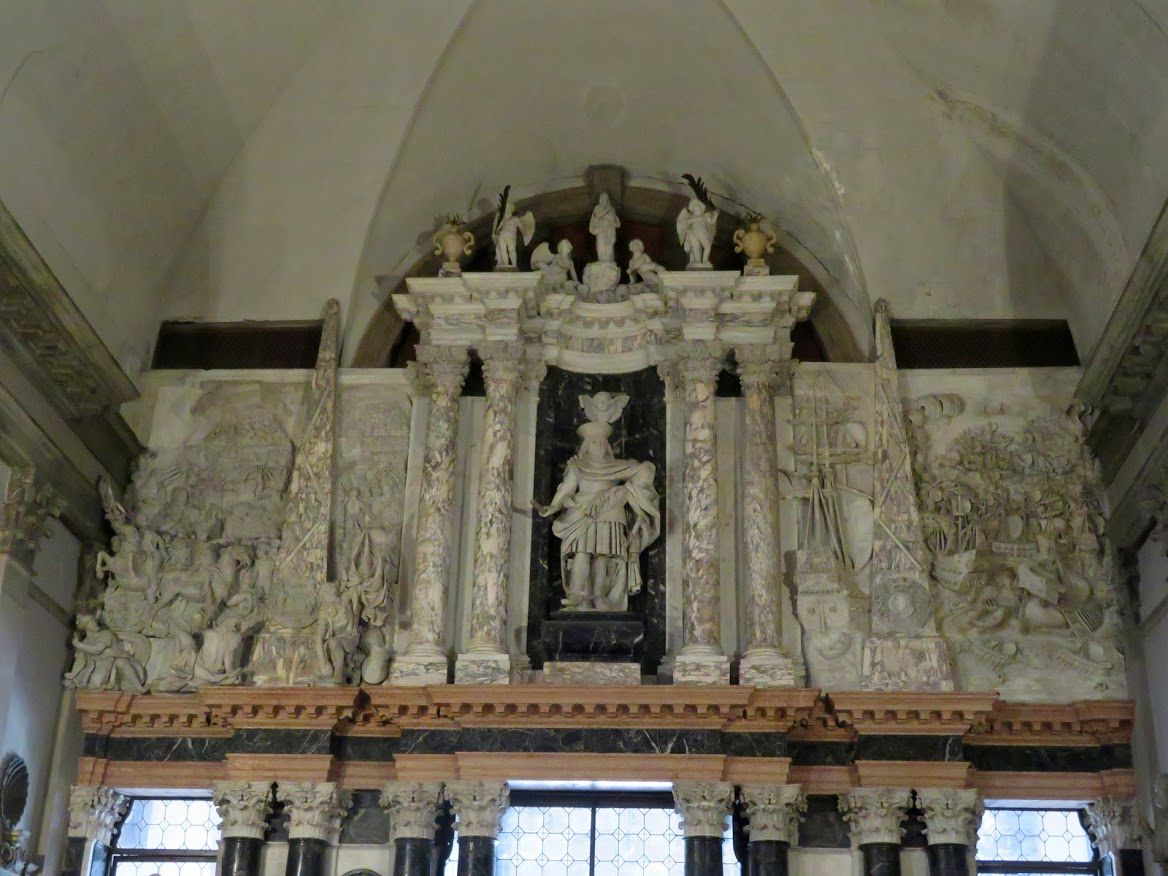
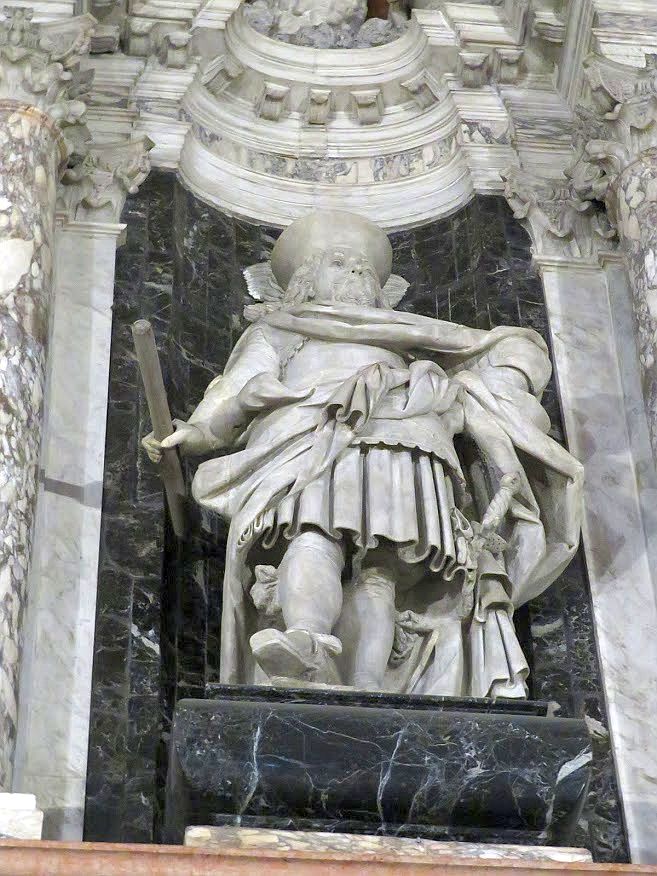

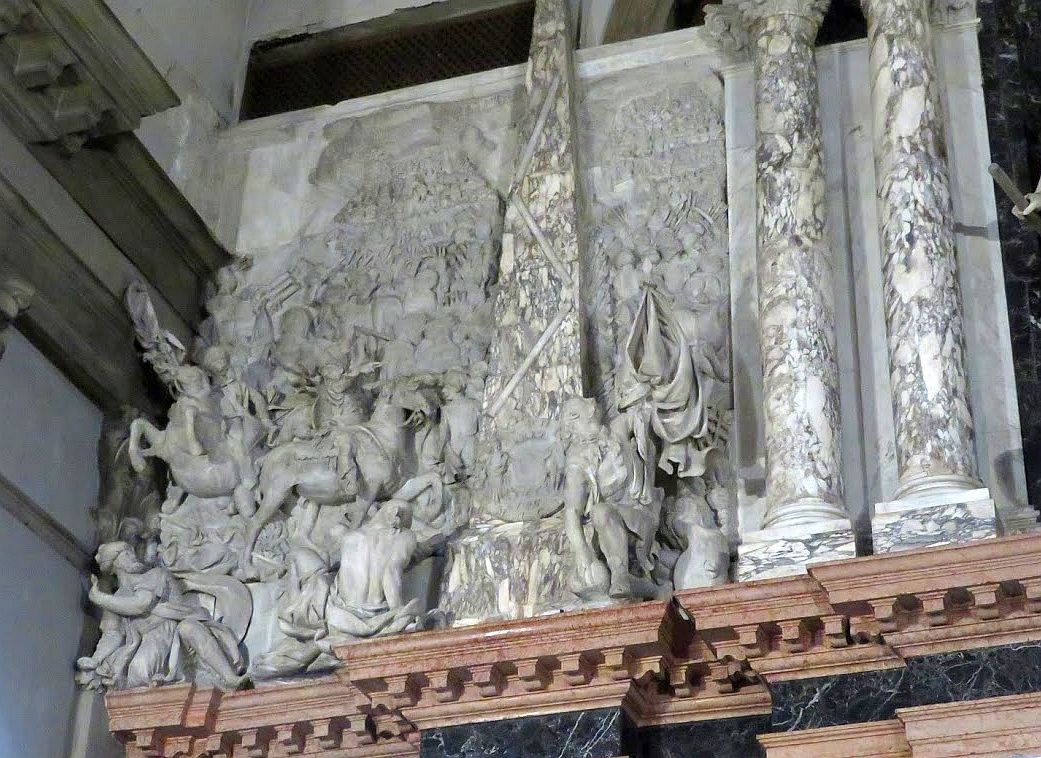
So modern art brings tourists, which leads to opening some spaces to lovers of old art. I might like this new normal.

